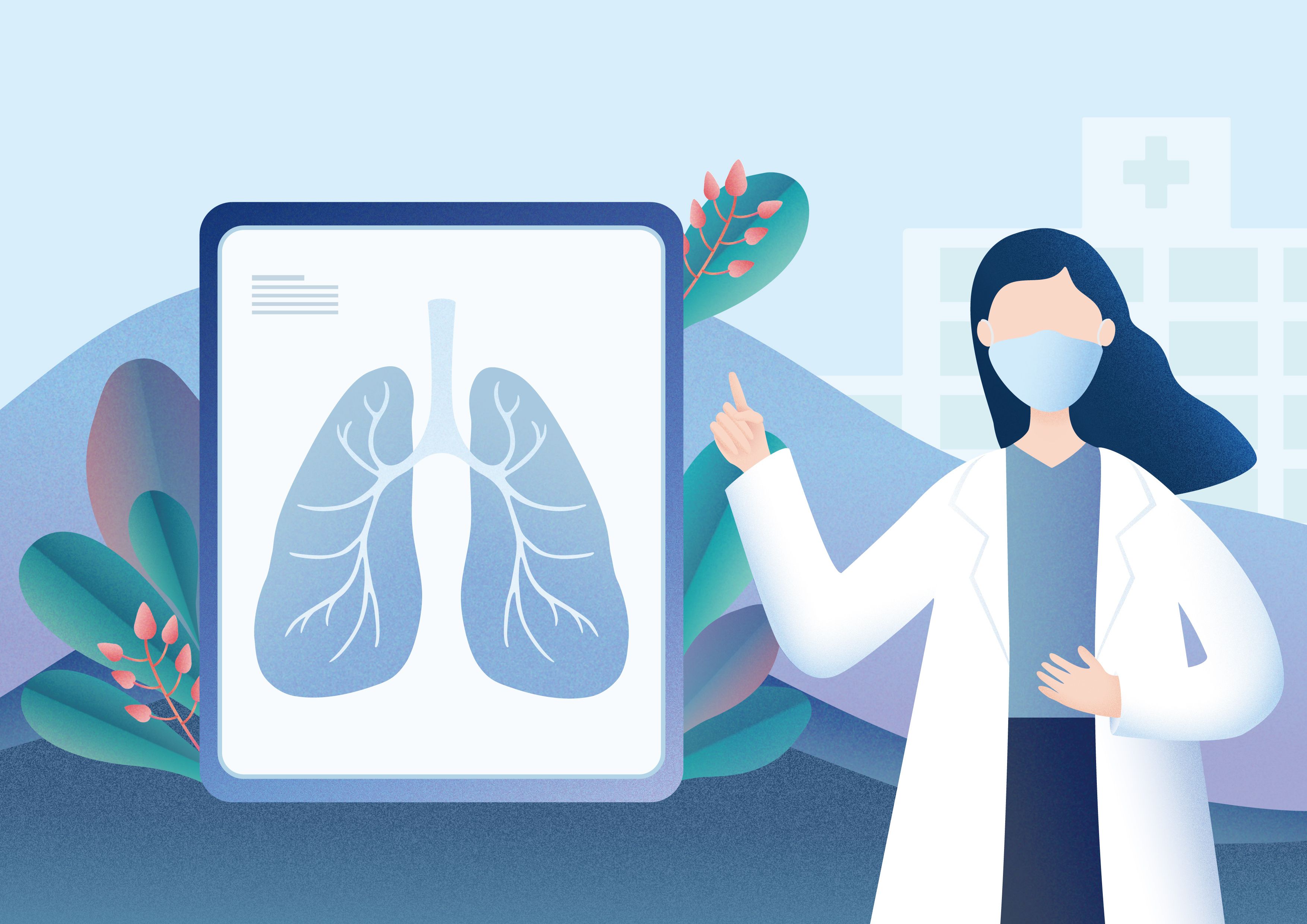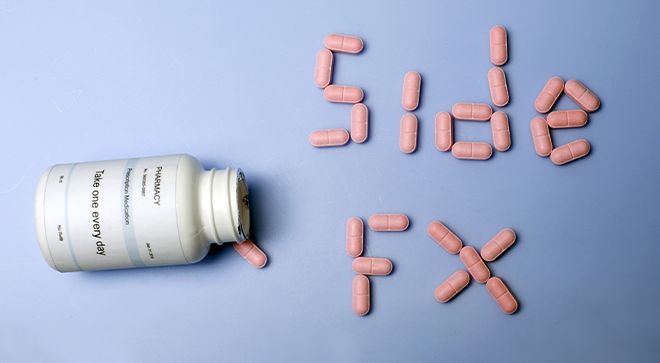Article
Skin-Related Side Effects From a Certain Cancer Treatment May Indicate Stronger Responses, Survival
Author(s):
Side effects from cancer treatment with immunotherapy, which may include vitiligo and certain rashes, may point to who will respond better to the treatment, although more research is needed to determine how much weight to put on these data.
Patients who develop skin-related side effects as a result of immune checkpoint inhibitors may have a stronger response to the cancer treatment and may indicate a survival benefit compared with those who did not develop these side effects, according to findings from a recent study.
Although this benefit was particularly accentuated in patients with melanoma, it was also evident in patients with malignant neoplasms of digestive organs, urinary tract and either the bronchus or lung.
“The implications of (these) data suggest that cutaneous (or skin-related) toxicities may be favorable in the setting of immunotherapy,” said Dr. Yevgeniy R. Semenov, an instructor of dermatology at Massachusetts General Hospital and Harvard Medical School in Boston, in an interview with CURE®. “While they may be burdensome to the patients, the glass is not half empty here necessarily. There may be a silver lining on the other side of having developed them.”
Use of Immune Checkpoint Inhibitors
There has been a substantial increase in the use of immune checkpoint inhibitors to treat advanced cancers including melanoma to breast cancer, Semenov explained, with up to 250,000 patients eligible for this therapy in the United States per year.
“Despite their survival benefits, these medications have significant immune-related toxicities that contribute to morbidity and, in some cases, can contribute to mortality as well,” Semenov said. “It’s a two-edge sword, where the medication is great, but then the toxicity really needs to be understood and managed appropriately without impacting the benefit of the medication itself.”
Semenov added that skin-related side effects are the most common in patients treated with immunotherapies and often occur early in the setting of immunotherapy.
“(This) provides a very unique opportunity for us to decide is the immunotherapy working or not, or is the harm outweighing the good at a very early stage of therapy,” he said.
To examine the potential implications of skin-related side effects on survival outcomes, Semenov and his colleagues analyzed data from 7,008 patients who were treated with immune checkpoints inhibitors for malignant neoplasms of melanoma, bronchus/lung, digestive organs or the urinary tract. Of note, all patients in this study developed skin-related side effects because of their treatment. These patients were matched with 7,008 patients with cancer who did not develop skin-related side effects.
Results from the study demonstrated that development of skin toxicities as a group resulted in a 20% survival benefit among immunotherapy recipients. Several types of skin-related side effects were significantly protective from mortality including psoriasis, lichen planus/lichenoid dermatitis (an inflammatory condition of the skin), itch in the absence of rash, as well as a broad category of non-specific rashes. Several other skin-related side effects demonstrated strong clinical effects such as vitiligo (when skin loses pigment cells in blotches), Grover disease (a skin disorder with small, raised lesions on the chest and back) and bullous pemphigoid (a skin condition with large blisters on areas of the body that flex often such as the upper thighs and lower abdomen), but did not reach statistical significance.
“We found that toxicity morphology may be important,” Semenov said. “Not all cutaneous toxicities are equal. We found that patients who develop toxicities that resemble lichen planus, which is an inflammatory disease of the skin; toxicities that resemble vitiligo, which is a depigmenting disease of the skin; as well as toxicities that resemble psoriasis actually tend to have better survival outcomes than other toxicities like mucositis (inflammation and soreness of the mouth or gut), for example. The type of rash you get is important, and why that's the case is still to be fully elucidated.”
Additional Research Needed
Semenov hypothesized that the reason that some of these side effects have a favorable association with survival compared with others may have to do with the management of the side effects, which sometimes require systemic immunosuppression which may restrain the anti-tumor effect of immunotherapy. For example, vitiligo is not often treated with systemic immunosuppression, which allows the patient to “get the benefit of the immunotherapy without a decrease in the immunotherapy efficacy from taking an immunosuppressant medication to treat the skin toxicity,” he said. In contrast, side effects like bullous pemphigoid are more burdensome to the patient due to extreme itchiness and extent of rash, which typically require use of systemic immunosuppressant medications and may even lead to holding or even discontinuing the immunotherapy.
Although these findings are “very encouraging,” according to Semenov, several questions remain both for patients and clinicians.
“What do we do once a severe toxicity develops? Should we stop the immunotherapy, or do we view this as a really favorable prognostic marker that actually tells us, ‘Hey, keep going, we’re doing well,’” Semenov added. “We need to find a way to effectively treat these (skin-related side effects) while continuing with the immunotherapy. On the converse, if we don’t get any toxicity at all, is that an early sign that the medication is not as effective against the cancer? Should we be considering a stronger treatment regimen? These are all very important questions for both patients and clinicians, but it’s too early to tell how much weight to put on these data.”
For more news on cancer updates, research and education, don’t forget to subscribe to CURE®’s newsletters here.
2 Commerce Drive
Cranbury, NJ 08512
All rights reserved.




